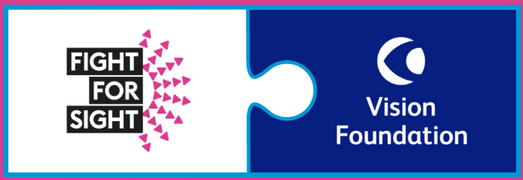On 29 January 2022 some changes were made to the Highway Code. If certain publications are to be believed, these changes make navigating the Arc de Triomphe at the height of rush hour whilst wearing a blindfold more preferable to driving on the roads of Britain.
The changes include the statement that when approaching a junction, a cyclist should position in the middle of a lane, and that it is now permissible to cycle two-abreast when in large groups or with children. This led to uproar in certain social media motoring groups who seem to believe that a parent has no right to cycle alongside their young child to protect them. Equally, if a pedestrian is crossing the road then an approaching driver is obliged to stop instead of ploughing on regardless. After all, why should they be given preferential treatment when they don’t even pay ‘road tax’?
Ironically none of these changes are new, they are simply clarifying existing rules, guidelines and best practices. Whilst I welcome most of these changes (such as cyclists having to give way to pedestrians on dual-use pavements), there is one that concerns me. This is the instruction that a driver shall give way to pedestrians “crossing or waiting to cross” at a junction. On the face of it, this is a positive step, but as both a parent of a young autistic child and being visually impaired myself, this could be problematic.
When is a junction not a junction?
Many neurodiverse people are very literal and introducing ambiguity causes confusion. How do you explain that a driver must give way to you when crossing a road near a junction, but not at other points along the road?
Likewise, what does “at a junction” actually mean? Is it when crossing at the mouth of the adjoining minor road, or is crossing the main road near the minor one also acceptable? How far from the mouth of the adjoining road does a junction stop being a junction? One metre, five metres, 10 metres?
These questions seem extreme, but they are what my wife and I and many other caregivers must answer so those in our care may navigate the roads safely. Indeed, which parent in their right mind would tell their child to simply step out into the road assuming the oncoming driver will give way?
Sacred knowledge
One of the first lessons we are taught when learning to use a long cane is never to cross a road in front of a waiting vehicle. This is for two reasons. Firstly, just because the driver has waved you across there is no guarantee that other traffic will do the same. Whether it’s a bicycle or eScooter coming down the nearside. An overtaking car or motorcycle misunderstanding the reason for the stoppage. Or an oncoming car from the other direction not noticing the gesture. As someone with severely limited vision there is a real risk that I will not notice other road users before it is too late. To put this in perspective, on one of my “bad eye days” I cannot see a car approaching until it is within 20 metres. Based on the Highway Code, this is closer than the 23 metre stopping distance for a car travelling at 30 miles per hour on a dry road. You could argue that a driver would never approach a junction at this speed, but it goes back to the question – when is a junction not a junction?
Stop, Look and Listen
This leads to the second reason for not crossing in front of a waiting car – sound. David Prowse, best known for his portrayal of Darth Vader in the Star Wars trilogy was also well known to children of the late seventies and early eighties as the Green Cross Code Man. He would save children from the dangers of the road by teaching us to Stop, Look and Listen.
Now, 40 years later, Listen is even more vital to my own road safety. Whilst that very driver is waiting for me to cross, their engine will continue to run. The sound of this idling engine will be blocking out other sounds such as approaching vehicles. Not only that, but the body of the vehicle itself will be blocking sound waves of anything approaching from behind.
When a driver stops to let us cross, the instructions to blind and visually impaired people is to step back, turn away or to a wave them past. But this is sacred knowledge to the blind community and our confidants, sadly not the general public. Perhaps more needs to be done to make drivers and other road users aware of the risks and contradictions we face and that no matter how many times you flash your headlights or gesture furiously for us to cross (ironic when you consider our disability) we simply cannot budge until the road is completely clear.
Don’t get me wrong, I welcome any changes that improve the safety of the roads, it’s just a pity that, once again, the valuable insights of the disabled and neurodiverse communities have been ignored. So for now, I will carry on cheerily waving you on and continue to hope that next time a major policy which affects us all is reviewed, everybody will be consulted.
About Chris
Chris founded Axiom Sensory after creating a range of aids for his son, who has autism, and realising the value of these products and services for people with neurodiversity. Keep up to date with Chris through his blog and social media channels. Chris is a regular contributor to Vision Foundation’s blog. You can read more of his writing here.

